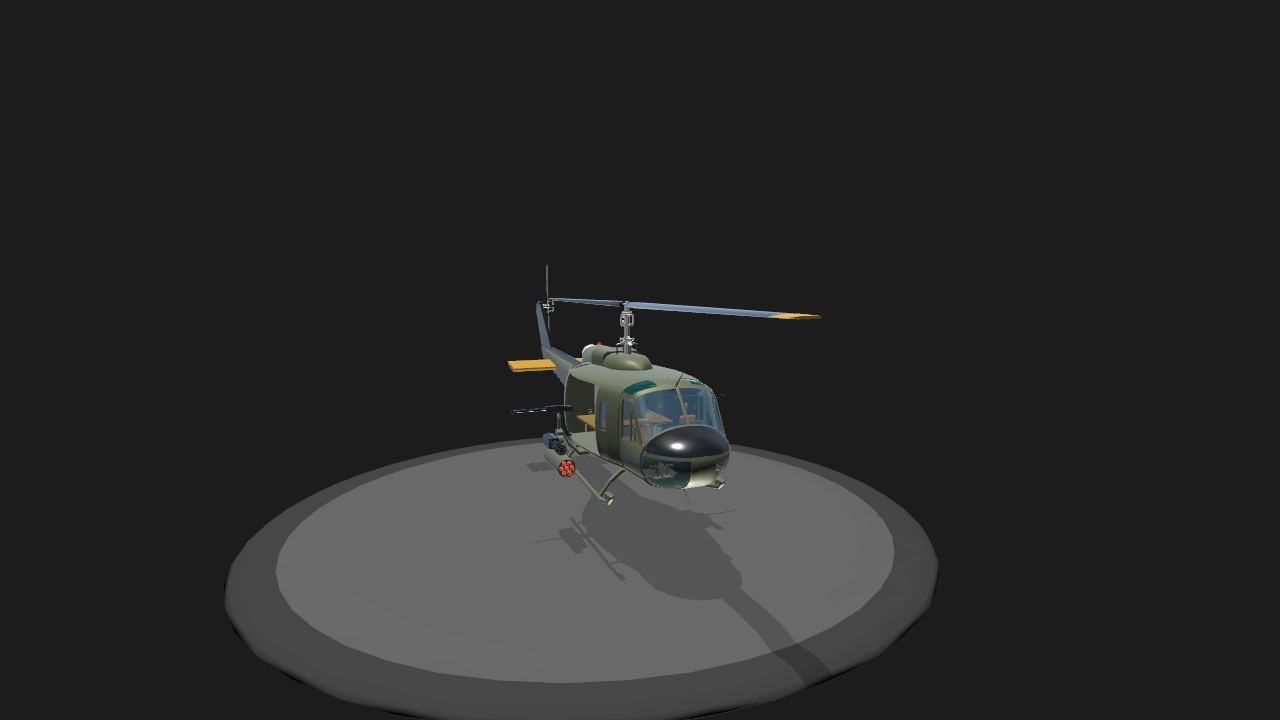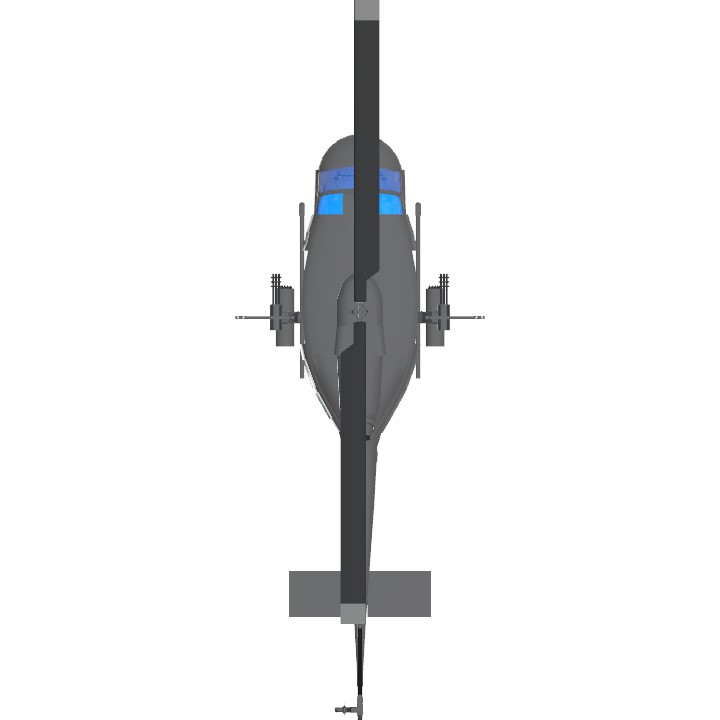This Is THe UH-1 Huey
(Wiki)
The Bell UH-1 Iroquois (nicknamed "Huey") is a utility military helicopter designed and produced by the American aerospace company Bell Helicopter. It is the first member of the prolific Huey family, as well as the first turbine-powered helicopter in service with the United States military.
Development of the Iroquois started in the early 1950s, a major impetus being a requirement issued by the United States Army for a new medical evacuation and utility helicopter. The Bell 204, first flown on 20 October 1956, was warmly received, particularly for the performance of its single turboshaft engine over piston engine-powered counterparts. An initial production contract for 100 HU-1As was issued in March 1960. In response to criticisms over the rotorcraft's power, Bell quickly developed multiple models furnished with more powerful engines; in comparison to the prototype's Lycoming YT53-L-1 (LTC1B-1) engine, producing 700 shp (520 kW), by 1966, the Lycoming T53-L-13, capable of 1,400 shp (1,000 kW), was being installed on some models. A stretched version of the Iroquois, first flown during August 1961, was also produced in response to Army demands for a version that could accommodate more troops. Further modifications would include the use of all-aluminum construction, the adoption of a rotor brake, and alternative powerplants.
Specifications
General Characteristics
- Predecessor Gator 2
- Created On Windows
- Wingspan 17.7ft (5.4m)
- Length 51.1ft (15.6m)
- Height 24.3ft (7.4m)
- Empty Weight 12,197lbs (5,532kg)
- Loaded Weight 14,104lbs (6,397kg)
Performance
- Power/Weight Ratio 5.121
- Wing Loading 196.9lbs/ft2 (961.2kg/m2)
- Wing Area 71.6ft2 (6.7m2)
- Drag Points 6908
Parts
- Number of Parts 303
- Control Surfaces 0
- Performance Cost 1,256





